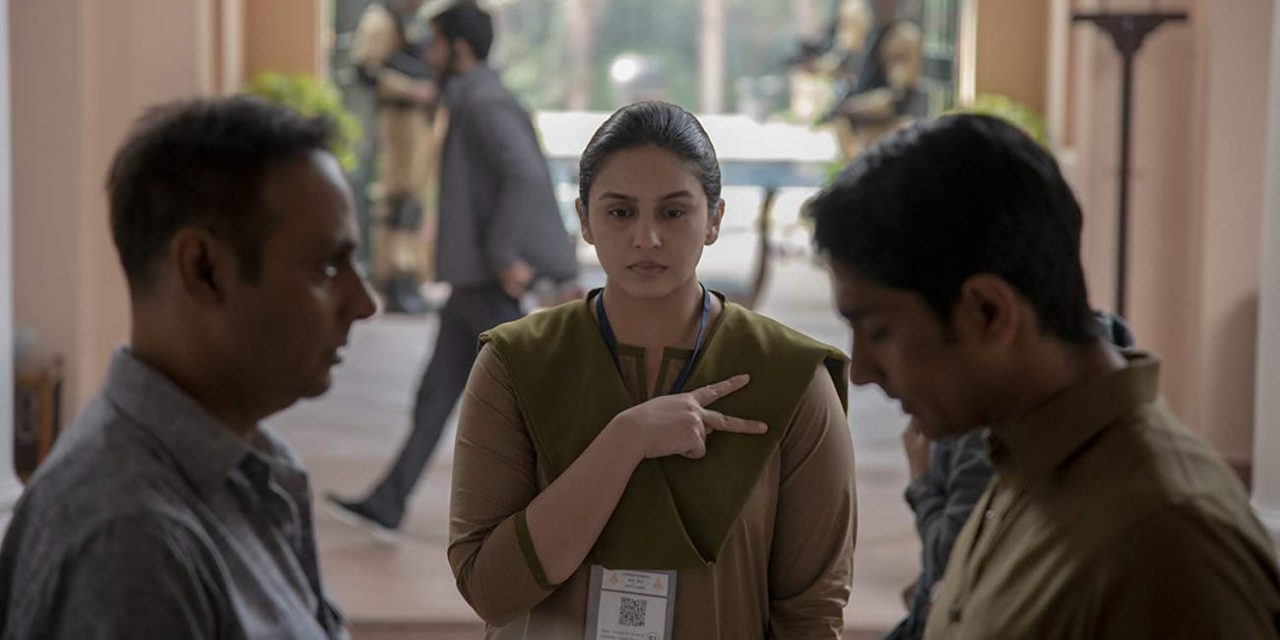Leila, a Netflix series based on novel by Prayaag Akbar, by the same name, is garnering praise for its dystopian depiction of a totalitarian regime in India. The series/novel follows the story of a mother who is trying to find her daughter who has been taken away by an authoritarian state for being of ‘mixed parentage’. This is a state that believes in segregation, with walled communities and treats clean environment as a luxury. As many viewers have pointed out, the series is eerily similar to many practices already prevalent in the society and depicts a future that we may be heading towards.
Dystopia – or anti utopia (coined by Thomas More’s work Utopia) – describes a frightening and undesirable society. Common themes of this genre are depictions of a society that has collapsed. There is either a totalitarian and tyrannical regime with suppressions of every freedom or total anarchy characterized by lawlessness. Resources are often sparse and people are divided into arbitrary sections. These often serve as cautionary tales by depicting worlds ravaged by natural disaster, disease, war or some apocalyptic event. Often human rights, civil liberties and freedom of expression in the form of arts or literature are completely suppressed.
George Orwell’s 1984 (that depicts a society based on extreme surveillance) and Aldous Huxley’s Brave New World (with segregation based on genetics is prevalent) are some of the most well known examples of dystopia. Margaret Atwood’s The Handmaid’s Tale follows the story of women who function as properties of men and whose wombs are controlled by the state (reminds one of how current debates are on about abortion rights of women in USA and more generally of how state controls women’s bodies and their autonomy otherwise everywhere). Ray Bradbury’s Fahrenheit 451 depicts a world where books are outlawed and burned (can be compared to censorships that books continue to face everywhere for various reason – for instance Doniger’s The Hindus: An Alternative History was recalled for hurting religious sensibilities after a lawsuit).
Young adult fiction has also explored dystopia as a theme. Hunger Games trilogy by Suzzane Collins, where children from poor districts engage in reality show type death matches for survival and wealth remains concentrated in hands of few, is one of the most popular dystopian fiction and has been successfully adapted into films. The series depicts a situation that faces a large part of the world today – where inequality is on the rise; wealth is concentrated (The richest 1% will own two-thirds of world’s wealth by 2030). Veronica Roth’s Divergent trilogy is another popular dystopian series where segregation based in skills and personality are taken to extreme and independent will is swiftly crushed.
Netflix’s Black Mirror series explores a future threatened by technology and its implications on society. Episodes explore how our digital history is recording our lives and its dangers (The Entire History of You, Shut Up and Dance, Crocodile or Be Right Back); how politics is becoming a cruel prank (The Waldo Moment or The National Anthem); how our interface with technology and our digital actions will have consequences and actions (Nosedive or Hated in the Nation) and how artificial intelligence can literally eliminate humans (Metalhead).
Many are pointing out that large number of issues and themes raised in these shows or books are already a reality. Intercaste and interfaith marriages are being frowned upon or banned – for instance Hadiya’s case in which judiciary intervened after allegations of ‘love jihad’ from her family. Ratings on user experience and behavior on apps like Uber and Zomato in India or China maintaining a ‘social credit’ depict a reality in which behavior is monitored, ranked and punished. Extreme surveillance and data breach compromising privacy are concerns being raised over universal identification systems like Aadhaar. Climate change and scarcity of resources due to waste and pollution is already pushing India into major water crisis that can put millions into danger.
In this context dystopias can function not just reminders of problematic social realities taken to extreme ends but also impending crisis due to rising violence and inequality, rise of totalitarian regimes, suppression of dissent or debate and a willful neglect of art and literature. In this respect they have an important role to play in helping us reflect and reimagine.


















